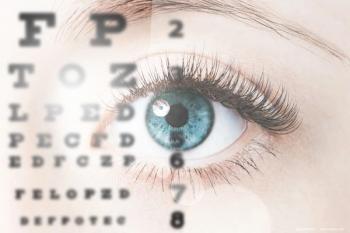
FDA clears second-generation dry eye device
TearScience Inc. has received FDA clearance for a second-generation version of its proprietary device that treats evaporative dry eye by liquefying and evacuating obstructions in the meibomian glands (LipiFlow Thermal Pulsation System).
Morrisville, NC-TearScience has received FDA clearance for a second-generation version of its proprietary device (LipiFlow Thermal Pulsation System) that treats evaporative dry eye by liquefying and evacuating obstructions in the meibomian glands.
The new device includes a more robust graphic user interface than the first-generation device, provides users the ability to treat both eyes simultaneously, and allows for storage of a record of the treatment on the device and on electronic medical record servers, according to the company.
“We are pleased to have received FDA clearance for the second-generation [thermal pulsation device] to offer to our current and future customers,” said Tim Willis, chief executive officer and co-founder of TearScience. “TearScience expects to provide many more enhancements that will assist physicians in treating dry eye sufferers efficiently, effectively, and profitably.”
The second-generation device will be commercially available in March. According to TearScience, physicians currently using the first-generation device will have their systems upgraded to the new system.
For more articles in this issue of Ophthalmology Times eReport,
Newsletter
Don’t miss out—get Ophthalmology Times updates on the latest clinical advancements and expert interviews, straight to your inbox.















































.png)


